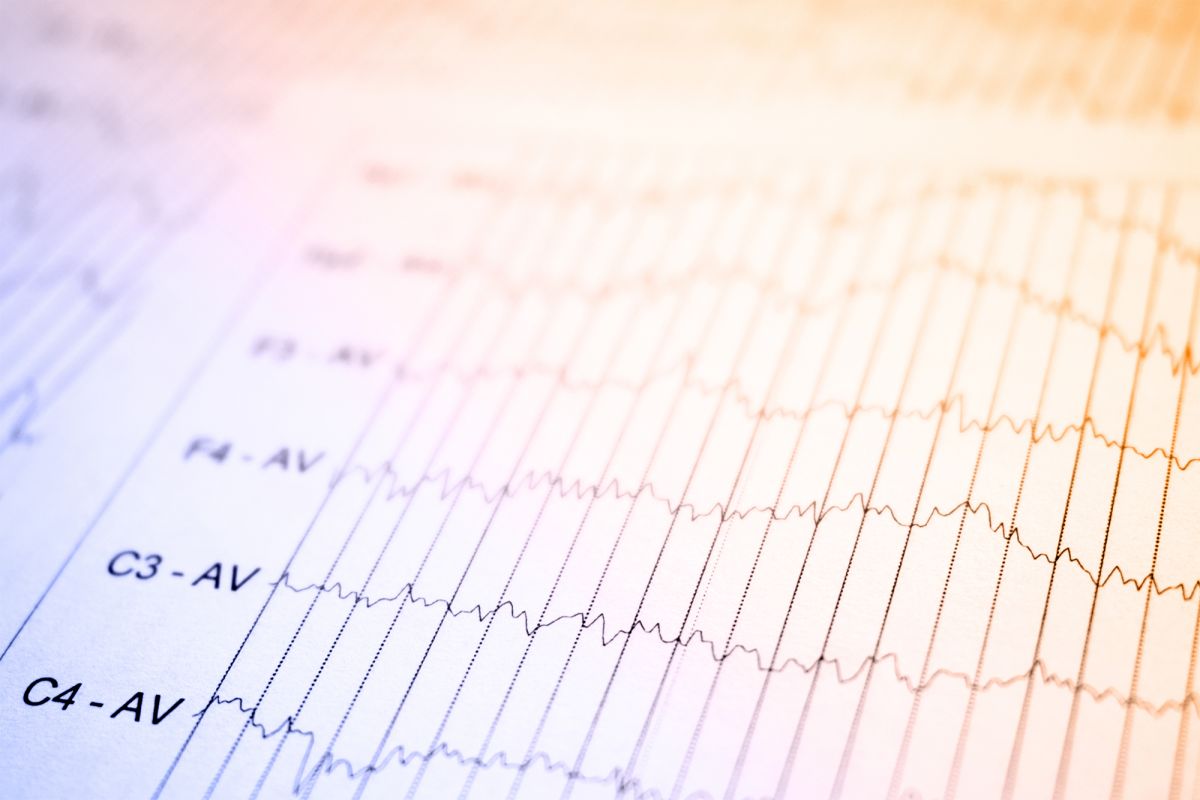EEG (Electroencephalography) is one of the most important diagnostic tools in neurology, measuring and displaying the brain’s electrical activity. During the procedure, small electrodes are placed on the scalp, which detect communication between nerve cells, providing a real-time, detailed picture of brain function.
The EEG examination is painless and allows the brain’s electrical activity to be observed in real time. It is essential for diagnosing epilepsy and also helps in the assessment of sleep disorders and other neurological conditions. The test usually lasts 20–60 minutes, although longer monitoring may be required in special cases. During the examination, the patient sits or lies comfortably and responds to the examiner’s instructions, such as opening and closing the eyes, deep breathing, or watching flashing lights.
